Automotive Part Aftermarket Market Summary
As per MRFR analysis, the Automotive Part Aftermarket Size was estimated at 453.88 USD Billion in 2024. The Automotive Part Aftermarket industry is projected to grow from 466.5 USD Billion in 2025 to 613.8 USD Billion by 2035, exhibiting a compound annual growth rate (CAGR) of 2.78 during the forecast period 2025 - 2035.
Key Market Trends & Highlights
The Automotive Part Aftermarket is experiencing dynamic growth driven by e-commerce and sustainability initiatives.
- E-commerce growth is reshaping the Automotive Part Aftermarket, particularly in North America, where online sales dominate.
- Sustainability focus is becoming increasingly important, influencing consumer preferences and product offerings across the sector.
- Technological advancements are enhancing product performance and customer engagement, especially in the Engine Parts segment, which remains the largest.
- The rising vehicle age and increasing consumer awareness are key drivers propelling the market forward, particularly in the fast-growing Suspension Parts segment.
Market Size & Forecast
| 2024 Market Size | 453.88 (USD Billion) |
| 2035 Market Size | 613.8 (USD Billion) |
| CAGR (2025 - 2035) | 2.78% |
Major Players
AutoZone (US), Advance Auto Parts (US), O'Reilly Automotive (US), NAPA Auto Parts (US), RockAuto (US), Denso (JP), Bosch (DE), Magna International (CA), Tenneco (US), Genuine Parts Company (US)


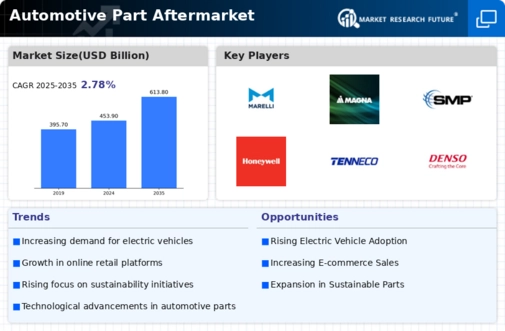
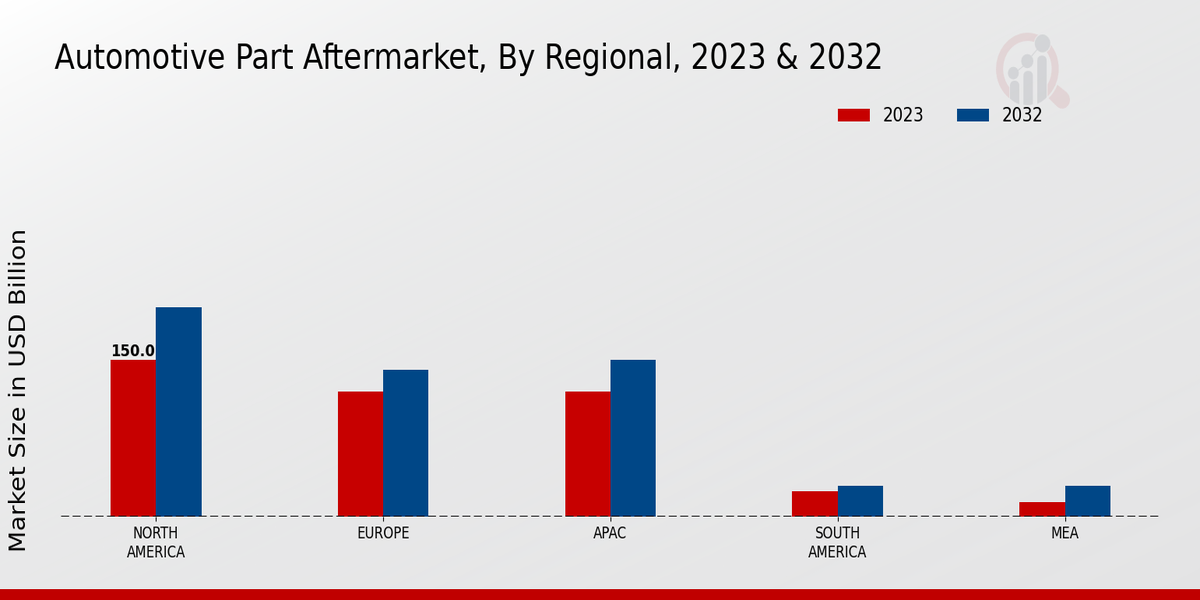
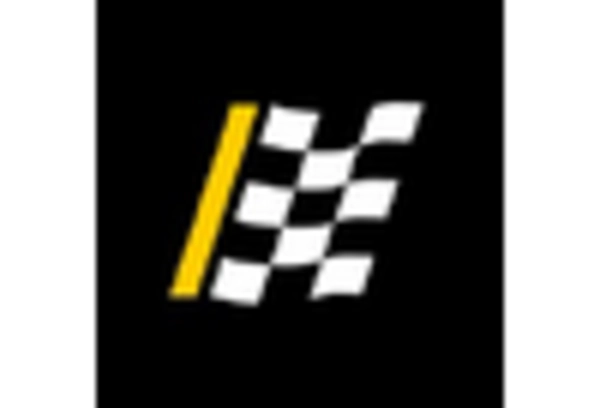
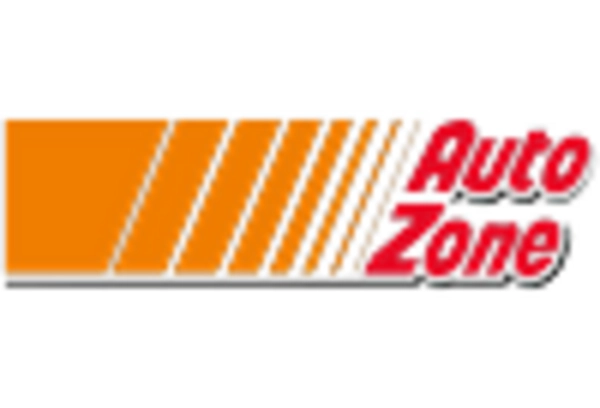
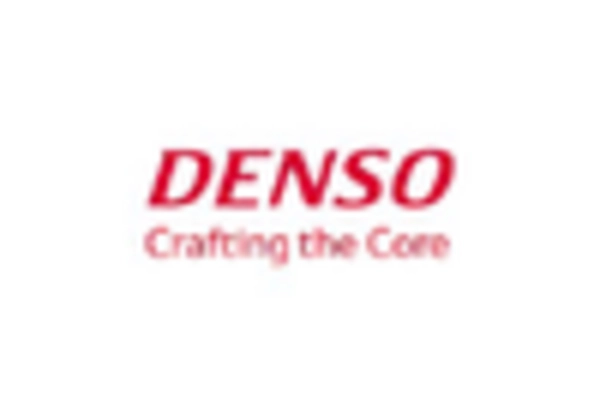
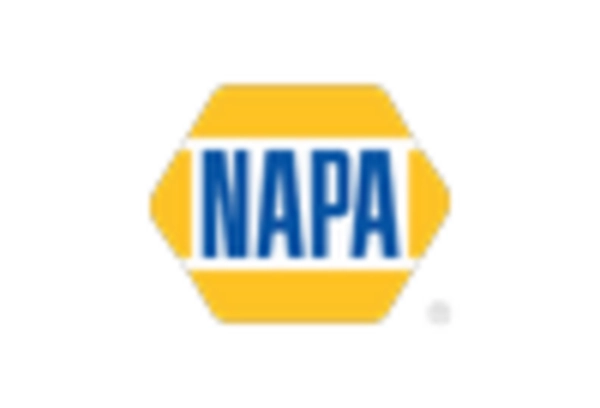
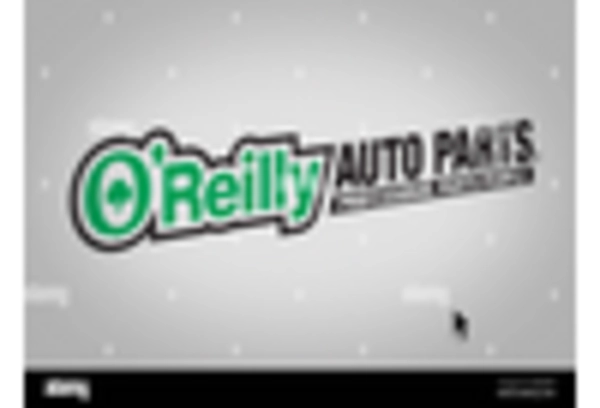
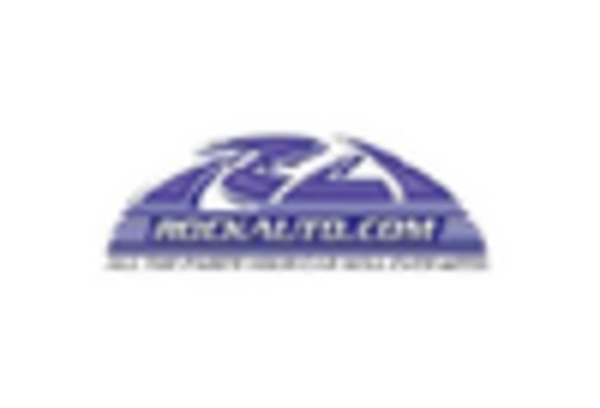








Leave a Comment